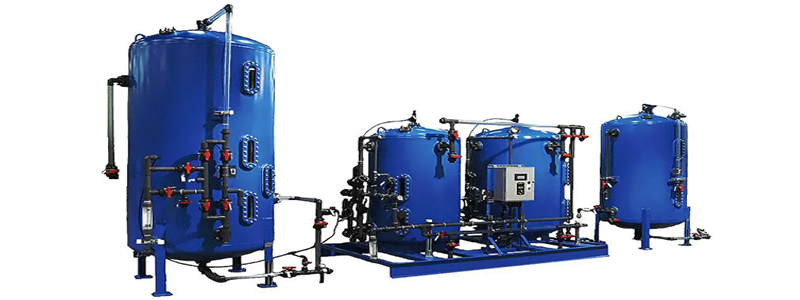Deionization Systems

In natural area all water contains dissolved mineral salts. In
many areas of the industry (steam power plants, pharmaceutical industry, etc.)
there is a need to provide higher purity (1 microsiemens/cm less). For this
purpose, known as deionization, the process of detoxification of salt ions
dissolved in water is to be done.
Deionization (DI) is a water filtration process whereby total dissolved solids (TDS)
are removed from water through ion exchange.The process of deionization uses two
resins that are opposite in charges – the cationic (negative) and the anionic (positive).
The cationic resin is typically made from styrene containing negatively charged
sulfonic acid groups, and will be pre-charged with hydrogen ions. This resin
will attract the positively charged ions in the water (Ca++, Mg++, Na+, etc.)
and releases an equivalent amount of hydrogen (H+) ions.
As with many other types of filtration or purification processes, a single
deionization cycle may not remove all the TDS. Some of the ions will not be
attracted by the resins, so running the DI water through a second cycle will
provide for additional purification. In other words, the more you run the
deionized water through the more pure the yielding water will be.